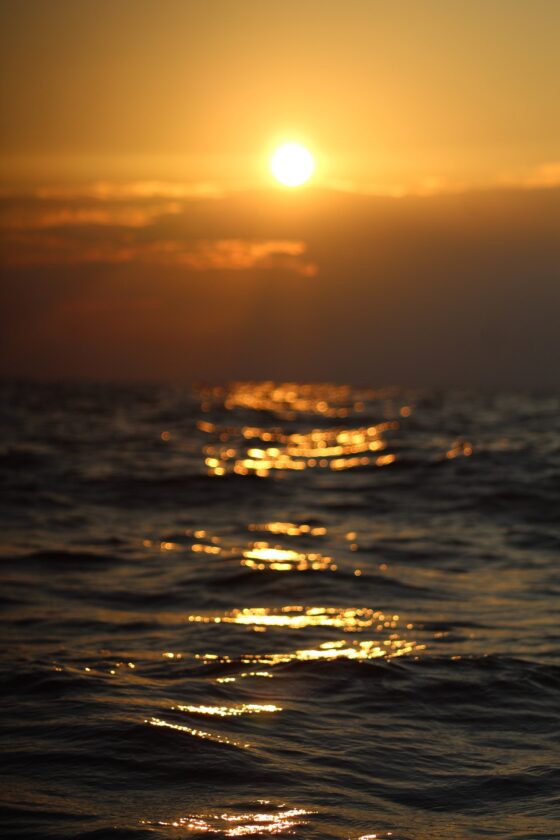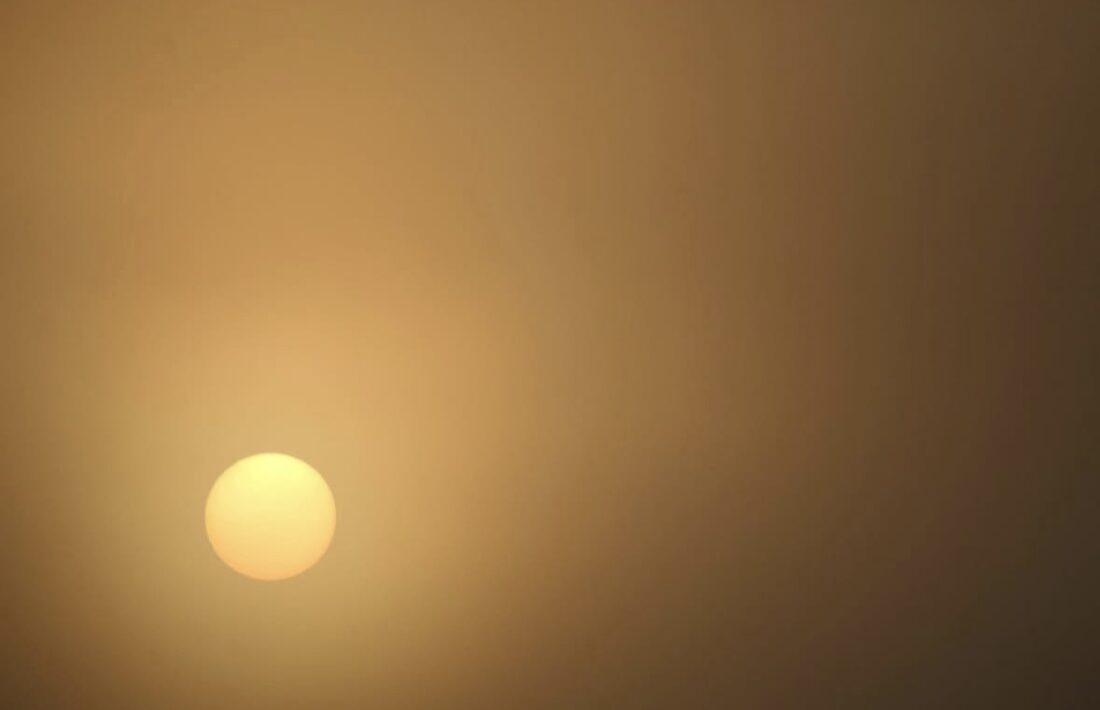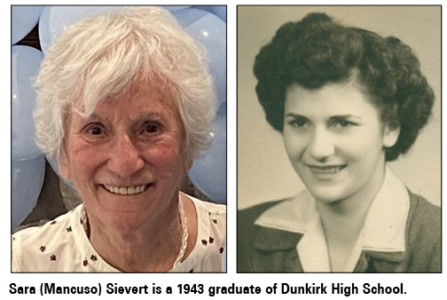Experiencing The Golden Hour

Photo by Taylor Brennan A sun rise over Chautauqua Lake is pictured.
- Photo by Taylor Brennan A sun rise over Chautauqua Lake is pictured.
- Photo by Taylor Brennan A sunrise with golden aura is pictured.
Photographers have nicknamed this daily phenomenon the “golden hour” since it is a time when your typical bright sunlight takes on a different hue. This creates an aesthetically pleasing viewpoint, including sparkles of morning dew that are lit up behind the low angle of the sun. This positioning of the sun meets objects that are closer to the ground, shining through plants at a height where we can see it eye-to-eye. The aspect of this natural light plays an important role in how it is seen by human perception. At a lower angle, UV rays have more time to diffuse through our atmosphere than it would when shining straight above us during high noon. This generates a softer hue shown through the transparency of leaves, flower petals, and light bouncing off hillsides. Golden hour is the prime opportunity for photographers to capture a particular ‘essence’ of nature, including longer shadows, warmer lighting, and a spectacular array of pinks, blues, purples, reds, oranges, and yellows – if you get lucky!
Putting photography aside, golden hour is a transition time for many species of wildlife, nocturnal or diurnal. During this precious time when the sun is rising, we can experience the songs of birds who are waking up, warm sunshine breaking through chilly morning fog, and get a glimpse as dew shimmers on spiderwebs that were built throughout the nighttime hours. Once we near the end of our daily planetary rotation, when sunset occurs, we get another opportunity to experience the magic golden hour has to offer. We begin to hear crickets chirp and frogs croaking in the distance. Bats creep out and swoop through the sky to gather their nightly harvest of insects, and we get to witness all of summer’s greenery lit up through the sun’s rays. You might even hear a lone owl hoot along a tree line, waking up and preparing for their hunt of the night.
By connecting our body clocks with the timing of nature, we are bringing ourselves back to a world where the numbers on our clocks didn’t hold any meaning. This helps me become inclusively present in the moment, creating a suspension in time as I allow myself to become fully immersed in the natural artwork that our sun and atmosphere work together to show us every day. With summer being at its peak, golden hour reminds me to take advantage of the coolest times of morning during this season before the heat of the day arrives. Just when sunrise occurs, as temperatures are barely beginning to climb, we can feel the cool damp air that lingered during the night. As the sun sets in the evening, we can get a break from its simmering heat and enjoy the cool breeze that greets us as the moon begins to come out.
An old rhyme I often reminisce over during this time of day is one that you may have heard of – “Pink skies at night, sailor’s delight. Pink skies at morning, sailors take warning.” This saying may hint towards what weather will come to us the following day. High and low pressure systems, ones that carry storm cells and precipitation, may interact with the atmosphere, affecting what colors are filtered through at golden hour. Clouds filled with moisture can reflect different rays of color, including pinks and reds. Next time you are watching the sunrise or sunset at golden hour, pay attention to the colors you see and it can give you clues as to what is anticipated for active weather systems in the sky.

Photo by Taylor Brennan A sunrise with golden aura is pictured.
As golden hour happens twice every day, I encourage you to walk outside during the early hours of the morning or when dusk is near. Whether you’re an early bird or a night owl, golden hour has something to offer you!
Audubon Community Nature Center builds and nurtures connections between people and nature. ACNC is located just east of Route 62 between Warren and Jamestown. The trails are open from dawn to dusk and birds of prey can be viewed anytime the trails are open. The Nature Center is open from 10 a.m. until 4:30 p.m. daily except Sunday when it opens at 1 p.m. More information can be found online at auduboncnc.org or by calling (716) 569-2345.






